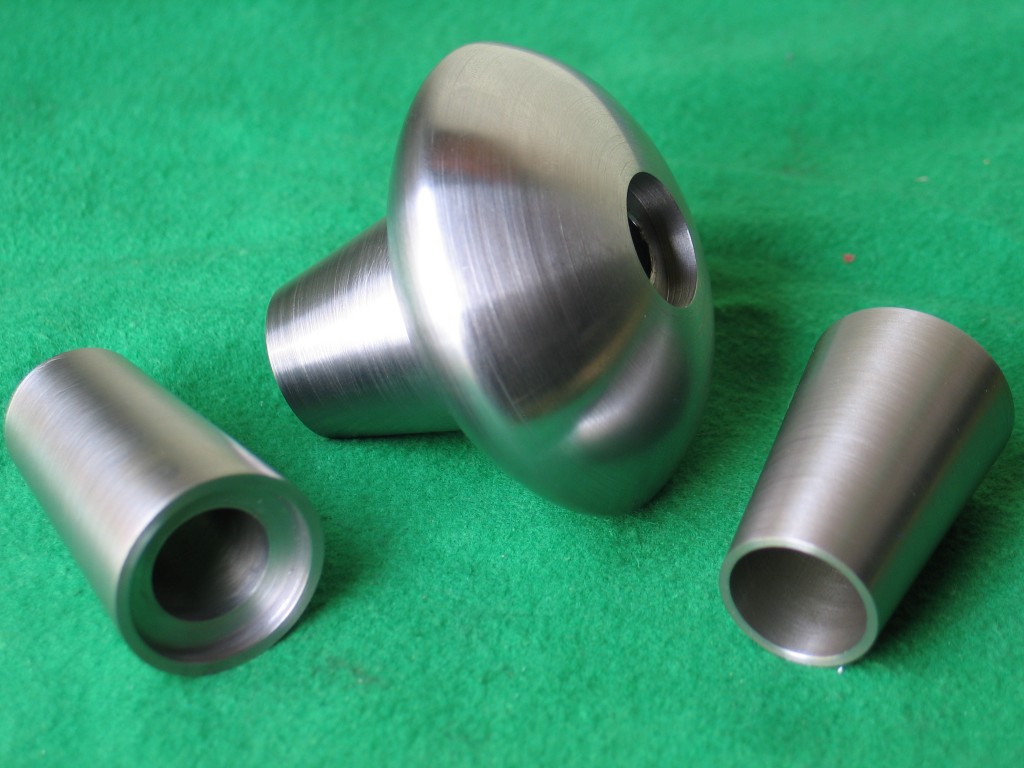
Restoring museum artifacts come with an array of difficuties. Ancient clay pots can be pieced together using glues that leave no visible sign of repair. Pieces of pot can be replicated and used to fill in the missing parts of the damaged pot, so matching any patterning. Carpets and tapestries can be restored using replicated piles, yarns and threads. Furnature can have its inlay’s, marketry and parketry restored, or replicated from looking at the reminants of what still exists.
Here at Stotfold Engineering we replicate metal artifacts more than we restore them. Most metal artifacts we get are in such a poor decayed condition that it is not possible to restore them. Some have decayed so badly they have become unrecognisable and we then have to start guessing at what it may have looked like, for example what is it’s original size, what sort of engraving and etching it may have had. We then have to research the object, looking at archives from museums who may have a similar item from the same period.
If the artifact is for example part of a full set of armour and all the related garb but a spear head is missing, we have to look at what shape it may be in relation to what we have got to compliment it. When i say compilment, the part that we are making generally from scratch has to match exactly, etchings and all to what we have in hand even if it means wearing or rubbing out details. For instance we had to make a hand held shield for the Victoria and Albert museum. We started off with a dimension of the diameter of the shield that would have been used in the period. Looking at the period pieces we found it was dished with a 15mm flat area around the edge of the rim. The rim was then rolled over a 2mm wire thus leaving a nice round safe edge. The steel sheet that i was working from was 2mm thick.
Hand beating commenced and 14 hours later we ended up with a hand shield that had to be descaled using the aqua blasting method. It then had to be covered in bee’s wax and hand etched to produce the figure of medusa using nitric acid to do the etching of the steel the job in the picture you see are parts of a sword handle .
These parts were cost effectively done on a manual lathe from a very rough sketching. The parts were finished off and carefully profiled using hand held cutting tools in the lathe. The finishing tools are simular to wood turning tools.
The original way of making these parts would have been by hours of beating lumps of metal to attian the shapes you see. These parts now have to go thorugh the unnatural aging process to compliment the rest of the sword.
